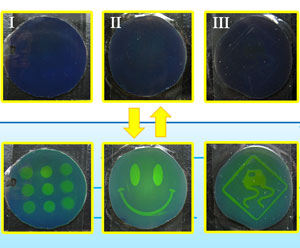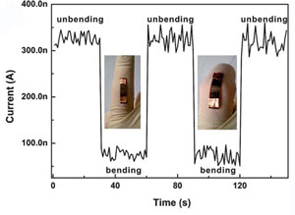The first issue of Journal of Materials Chemistry for 2012 is now online. You can read the full issue here:
 Dr Liz Davies and Professor Seth Marder look over the highlights of the last year and look forward to 2012 in their Editorial.
Dr Liz Davies and Professor Seth Marder look over the highlights of the last year and look forward to 2012 in their Editorial.
The outside front cover features an article on Supramolecular mechanisms in the synthesis of mesoporous magnetic nanospheres for hyperthermia by Daniel Arcos, Vanesa Fal-Miyar, Eduardo Ruiz-Hernández, Mar Garcia-Hernández, M. Luisa Ruiz-González, José González-Calbet and María Vallet-Regí

Tailored star-shaped statistical teroligomers via ATRP for lithographic applications is the article highlighted on the inside front cover by Florian Wieberger, Drew C. Forman, Christian Neuber, André H. Gröschel, Marietta Böhm, Axel H. E. Müller, Hans-Werner Schmidt and Christopher K. Ober
Issue 1 contains the following Highlight, Application and Feature articles:
- Metal sulfide nanostructures: synthesis, properties and applications in energy conversion and storage
- Magnetic carbon nanostructures in medicine
- Stimuli responsive gels based on low molecular weight gelators
Fancy submitting an article to Journal of Materials Chemistry? Then why not submit to us today!




















